Seventh Annual New Jersey International Book Arts Symposium
Photos: Afternoon Presentations
Judith K. Brodsky (founder, Rutgers Center For Innovative Print and Paper) introduced the afternoon speakers. Like Bill Dane, her counterpart for the morning's proceedings, Brodsky has presided brilliantly over the afternoon program for six of the NJBAS's seven years. She began her remarks this year in surprising fashion by challenging the New Jersey Book Arts Symposium Organizing Committee to begin looking toward the tenth annual symposium in 2004. Sister Sheila Flynn, a frequent resident artist at RCIPP and, in turn, a host at her Center in South Africa to RCIPP's peripapetic print-and-paper-makers, spoke first, and described the value of The Book as a force for healing. She asserted that making books lifts the spirits of the HIV positive women who come to her Center.She projected slides and displayed samples of the colorful needlework and book objects her students have produced, and gave stark accounts of the depredations they suffered in their villages before seeking asylum at her center. The images of simply dressed women and small children proudly holding up beautiful books and fabrics, and grinning with irrepressible pleasure made an unforgettable impression on everyone, as did Sister Sheila's eloquent commentary. Robert G. Sewell, a Rutgers librarian and a scholar of Japanese culture, followed with an engaging and informative talk [PDF] on the first printed document in the East. Conceding that China likely developed printing first, Sewell told us that it was in Japan, between 764 A.D. and 770 A.D. that the Hyakumanto Darani [One Million Pagodas and Darani], the earliest known printed objects, appeared. The Darani consisted of Buddhist charms or prayers printed on thick paper strips, which were rolled up and inserted into the hollow centers of miniature wooden pagodas. Another Rutgers librarian, Lourdes Vazquez delivered a talk on printing in Latin America, spanning a period of five hundred years, beginning with Spanish incunabula. In "The Library of Babel," [PDF] Vazquez discussed the art of pliegos, or pajaritas de papel, a kind of small, inexpensive, format--not unlike the chapbook--used at the beginning in the sixteenth century for various kinds of literary and artistic purposes, and continued into the twentieth century by artists and poets. She brought printing in Latin America up to date by concluding with the fine press books of Consuelo Gotay, an honored guest at the Symposium.
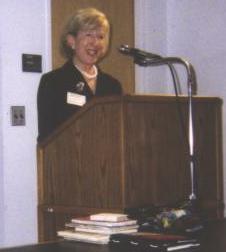

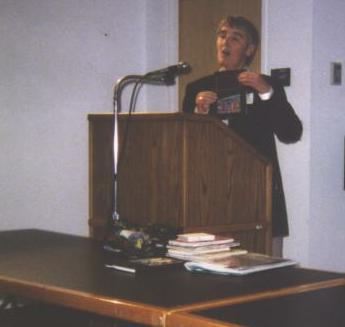
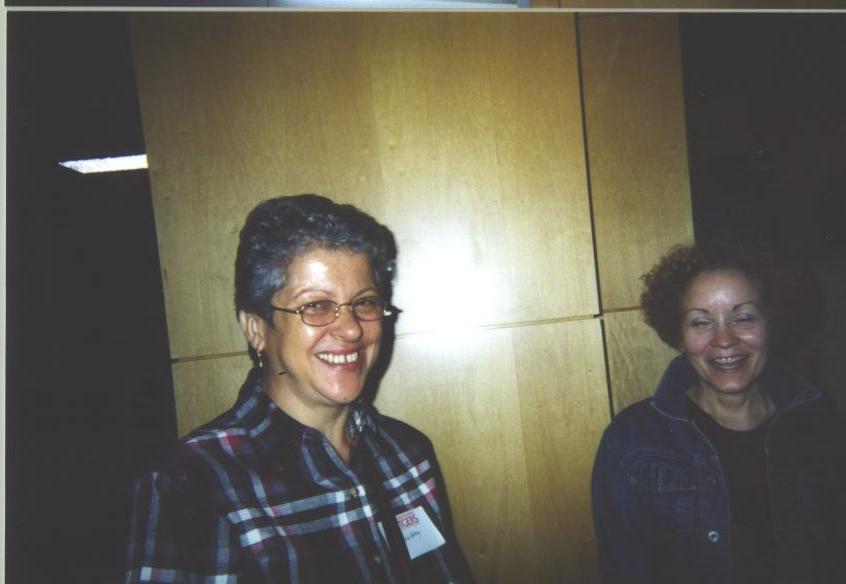
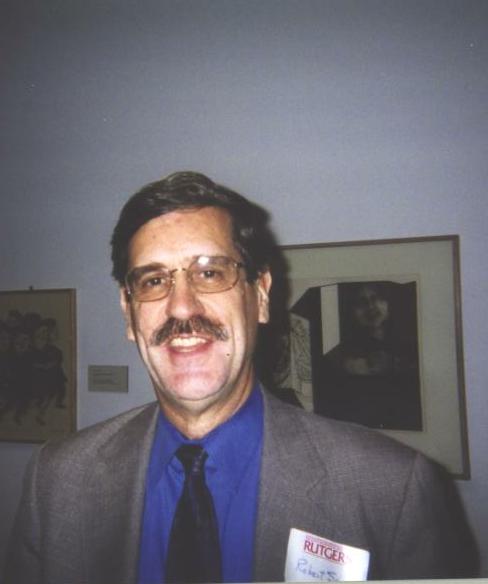


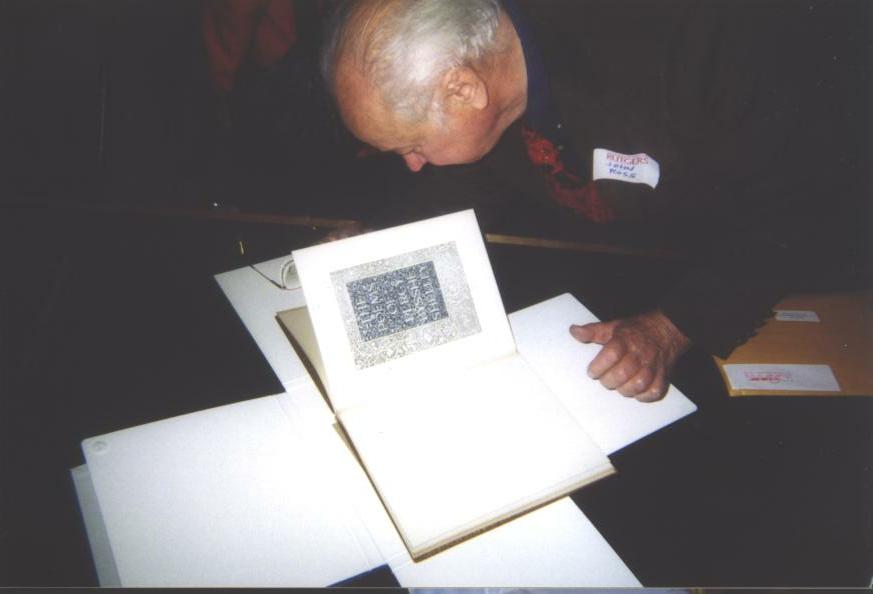
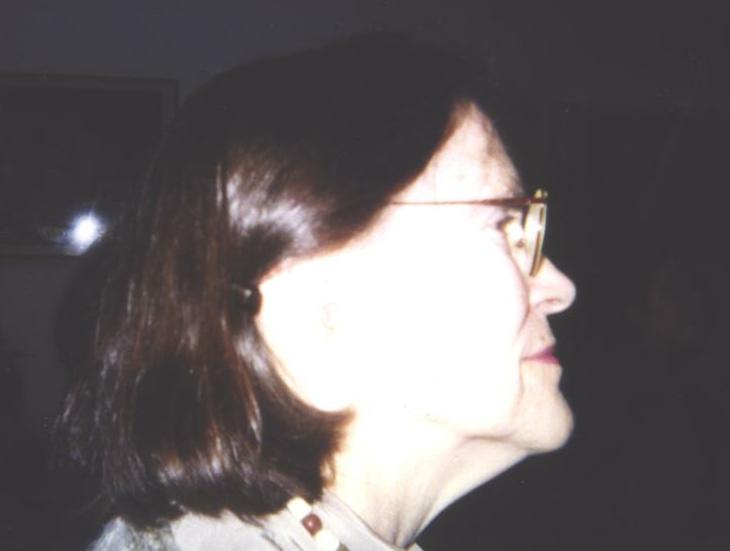

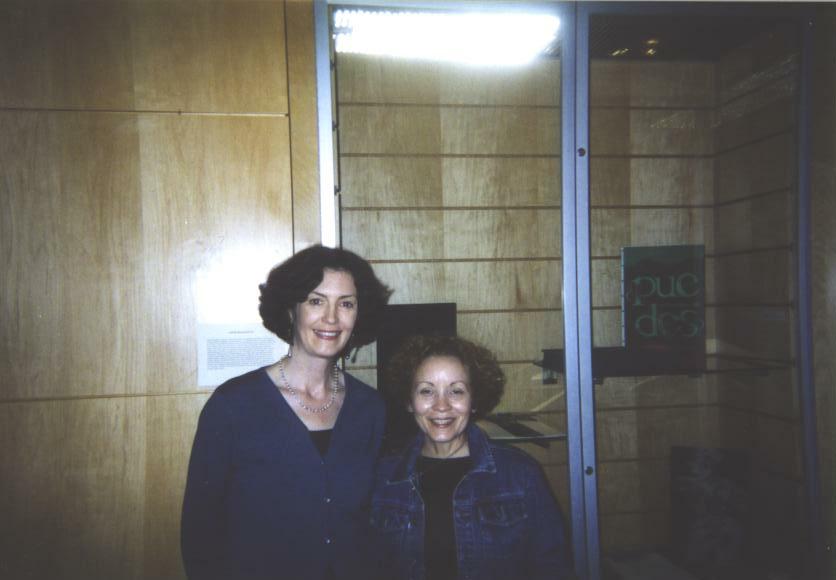
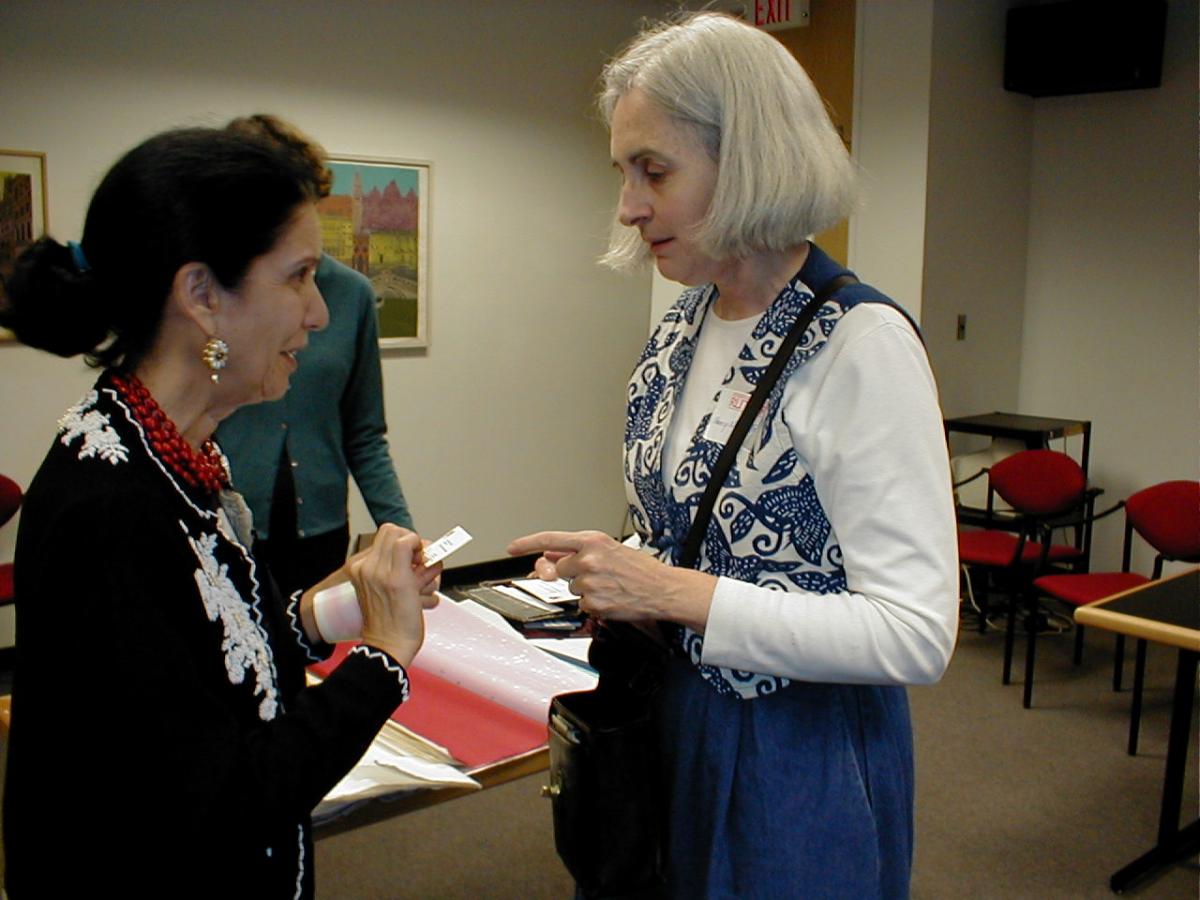
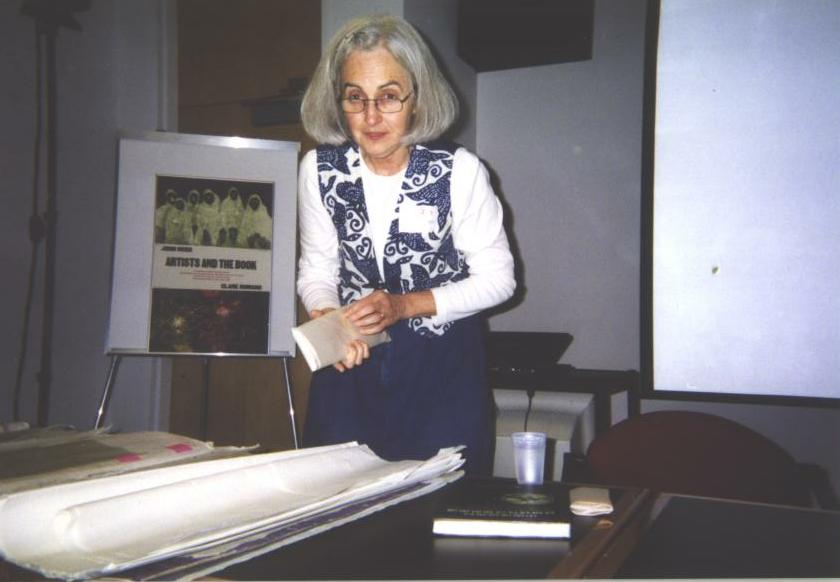
Nancy Norton Tomasko, editor of the Asian Library Journal, delivered a radiant slide lecture on contemporary papermaking on mainland China. Tomasko's talk was of great interest, shaped as it was by her travels in China during last July and August and her firsthand encounters with various papermakers.
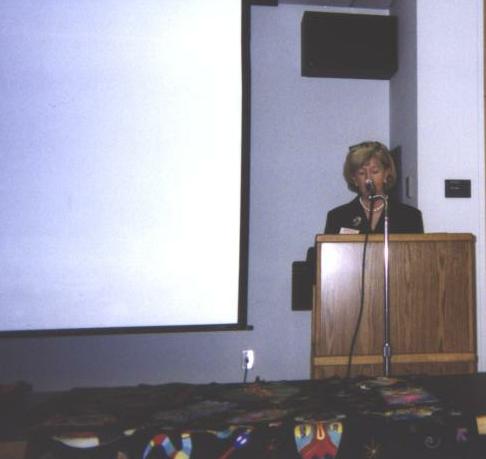

Pam Scheinman concluded the paper session with a videotape interview of the Mexican artist, Ricardo Anguia. Anguia's humorous account of his naive experiences in a topless bar in New York City, and his subsequent compulsive search for one young, beguiling dancer, dramatized how cultural differences sharpen experience, which, in turn, flows into the process of creative book making. Scheinman's video, only partly completed by the date of the Symposium, gave a strong flavor of Anguia's exuberance and his charismatic physical presence. In summing up the afternoon's papers, Judith Brodsky passionately argued that The Book slices through cultural barriers with a remarkable power to shape experience, to provide pleasure, to inspire one with fortitude to confront hardship, terror, and death, even to justify one's life. (Bill Majors, on right, for A/V support).